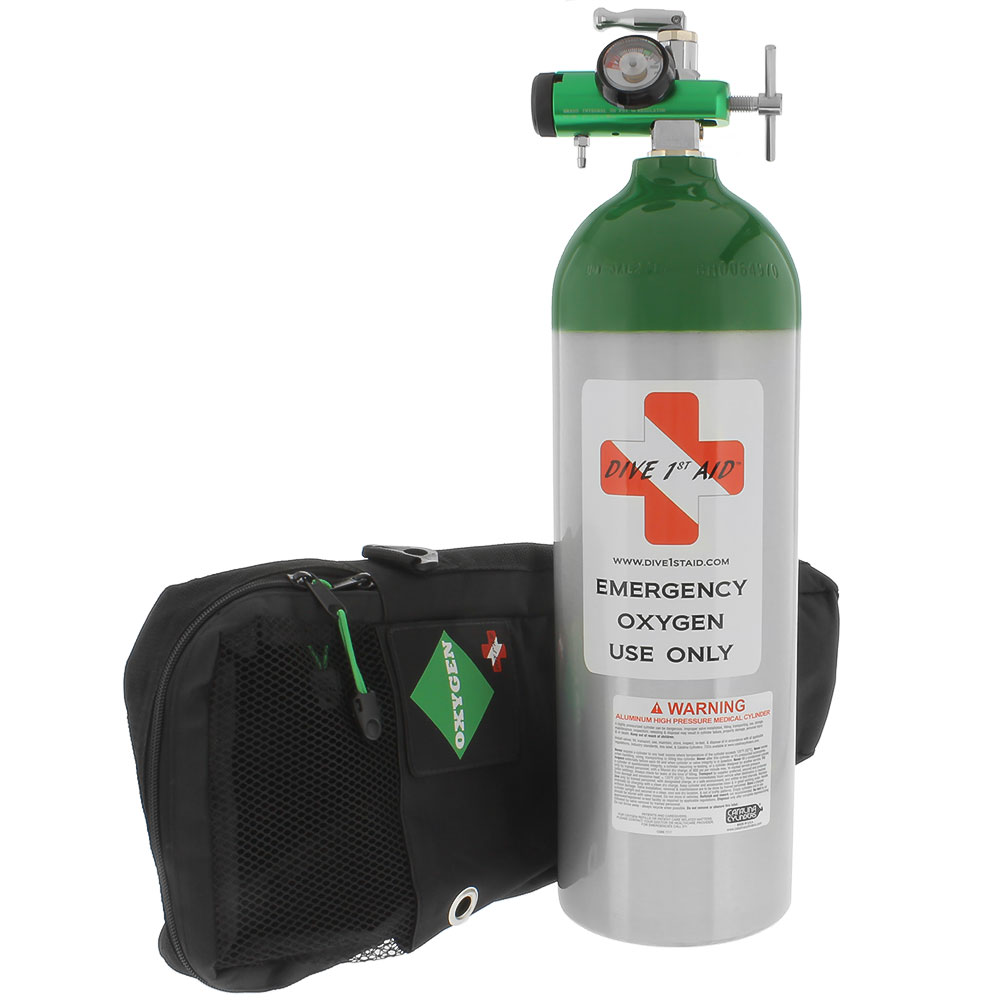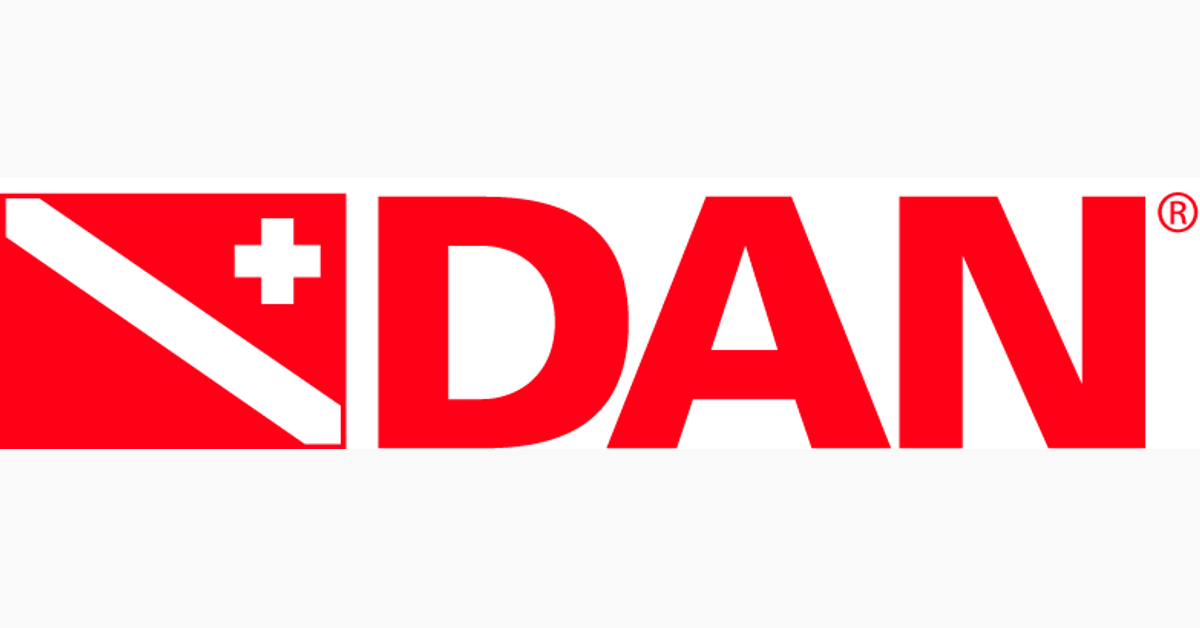How do you go about finding a local industrial gas supplier? My google map searches are coming up dry or off the mark. What search terms do you use?For those without a prescription, ask your industrial gas supplier if they'll fill a medical bottle with aviators. That's the case with my gas supplier if you lack the "credentials", They'll gladly fill medical bottles with ABO no questions asked.
You are using an out of date browser. It may not display this or other websites correctly.
You should upgrade or use an alternative browser.
You should upgrade or use an alternative browser.
Do you own an emergency oxygen unit?
- Thread starter sourdough
- Start date
-
- Tags
- emergency kit
Please register or login
Welcome to ScubaBoard, the world's largest scuba diving community. Registration is not required to read the forums, but we encourage you to join. Joining has its benefits and enables you to participate in the discussions.
Benefits of registering include
- Ability to post and comment on topics and discussions.
- A Free photo gallery to share your dive photos with the world.
- You can make this box go away
Gone for diving
Contributor
Welding gas supplier,
That's where my O2 comes from,
That's where my O2 comes from,
As @Rol diy said, welding gas supplier. Up here there's Airgas, Praxair, and Central Welding Supply. Wherever welding supplies are sold, you should be able to find a source for various gases in multiple grades (industrial, aviators, medical, etc)How do you go about finding a local industrial gas supplier? My google map searches are coming up dry or off the mark. What search terms do you use?
Gone for diving
Contributor
Shhhhh, but I used torches for my job,
My O2 may or may not come from those tanks.....
My O2 may or may not come from those tanks.....
My understanding is welding gas can’t have any impurities or it will weaken the weld, not so important for other uses.As @Rol diy said, welding gas supplier. Up here there's Airgas, Praxair, and Central Welding Supply. Wherever welding supplies are sold, you should be able to find a source for various gases in multiple grades (industrial, aviators, medical, etc)
Thanks for the detailed response. I'll be looking around at the different options after I actually get the training, and this is a good spread of information. As for the sizes, if I did pick one of these up, it'd be for local diving, and there is a hyperbaric chamber in Pacific Grove, which is within a few miles of the popular shore diving sites. It's my understanding that people suffering suspected DCI must always go first to a hospital, and only afterward to the chamber. So yeah, 40min won't get you all the way to the chamber, but I bet it'd get you to the ambulance truck or the hospital in a lot of cases. In your view, does the chamber being that close bring the ~40min of gas into the "useful" range, or still too small?Depending on who the provider kit is for and how well versed the instructor is *most are not*, he'll say to just buy the DAN kit.
Here's the deal. Nothing in the DAN kit is unique to DAN. You are paying for the convenience of them putting the kit together for you.
Closest comparison is these two products with a Jumbo D/~22cf tank

Dive 1st Aid Oxygen Rescue Kit (Large Cylinder)
This convenient and compact Oxygen Rescue Kit is a must have for dive teams, dive boat operators, technical divers and active recreational divers.www.divegearexpress.com

In both you get a Jumbo D cylinder with pin index valve which I personally believe is utterly useless in most applications. They are rated at ~40 minutes at 15lpm which is about 0.5cfm and what a diver is going to be breathing just hanging out at the surface. This is NOT enough to get you to a hyperbaric chamber from a shore dive area, it is not enough to keep you on O2 until you get hooked up when at the hyperbaric chamber, and is nowhere near enough to get you to a chamber from a boat. These bottles are enough to sort you out while giving rescue breaths to a non-breathing patient, but are just enough to give you a false sense of security IMO.
Differences
With the DAN pack you get multiple masks, with DGX you get one but these are cheap so not a big difference. If you intend to do rescue breaths with the DGX kit you will need to purchase a bag valve mask and know how to use it *possible to do with one person, but very annoying especially compared to the MTV-100*
Pelican case vs cheap sleeve-Pelican not critical IMO unless you are storing this on a boat or in your vehicle 24/7
Regulator: DGX uses a standard el-cheapo pin index regulator. Nothing special about it, easily replaceable. The DAN regulator includes a DISS port which allows you to use demand valves *more efficient if patient is breathing on their own, do NOT use for rescue breaths*, or an MTV-100 *very expensive but functions like a demand valve if patient is breathing and can safely be used for rescue breaths instead of a bag valve mask*
DGX includes a Pulseox-nifty to have but not really a diagnostic function for someone with DCS. Probably more useful for pulse than ox but they're $25 so easy to add.
Basically between those two you have to evaluate the odds of you needing to resuscitate a victim. If you think that risk is negligible and are comfortable using a BVM, then get the DGX and save a couple hundred bucks. If you think the odds of you having to give rescue breaths are not negligible, then you will not be able to piece together a kit with an MTV-100 for much less than the DAN kit and I would go with the DAN kit.
If you are considering the DGX kit and don't mind buying used and/or have access to medical O2 cylinders, then the O2 regulator is $25, a backpack case for the system designed for a jumbo D for $40 ish, and a 3-pack of Oxygen masks for $15. $80+bottle, or $100+bottle if you get a pulseox.
My personal O2 bottles use a Western Enterprises Oxytote NG valve/regulator on them that allows me to fill from a standard CGA540 valve *same as the big T bottles*, and since it is all-in-one with a DISS port it's much easier than dealing with multiple cylinders and having to move regulators around but it is not the "cheap" solution when compared to buying $10 medical bottles on Facebook Marketplace and grabbing a $25 regulator from Amazon *I think the valve/regulator is about $100 or at least it was the last time I bought some*.
All that said, and I've argued this before, for divers there is NO reason to own an emergency medical kit. They are a PITA to get filled, they are inadequate in terms of size, and are single use items. A better solution, albeit a bit more expensive, but MUCH more versatile is to get a deco bottle set up and use a RescuEAN.
AL40-$200 and holds ~30cf of gas at 2200psi vs 22cf of gas in a Jumbo D. Holds 40 if you have a shop with a booster for O2.
Stage bottle regulator+drysuit inflator hose-$400 and can serve double duty as a pony regulator if you believe in such things, act as an actual deco bottle, or at least as a spare to your current regulator in case something goes sideways but either way it's a more versatile system.
RescuEAN- ~$150 for the advanced kit with the bag valve mask and other non-rebreather masks, pod itself is ~$90. Can be used with ANY bottle that has an inflator hose on it so even if you run out of O2, you can at least put them on nitrox if you have that which is better than nothing.
Whole system brand new is probably $800 ish vs $300/$600, but your emergency O2 only is $150 max and the rest has multiple uses for a diver. That to me is money well spent.
I do have an AL40 that I picked up awhile back, intended to be used as a pony bottle. But it's been gathering dust, hasn't been in the water since before covid, maybe longer. It's been hydrocarbon cleaned for partial pressure nitrox fills. If I were to take it down to a local dive shop with my nitrox card and my O2 provider card (but no deco card or deco training) and ask for a fill of 100%, would they have any reason to say no?
Since it's clean for partial pressure, I imagine that they would not be taking on any additional fire risk. Maybe they'd be worried about divers going out doing untrained accelerated deco dives -- I know I wouldn't do that, but I guess they can't be certain.
I wouldn’t relay on an ambulance to give you 100% O2. Most carry a Nitrox oxide / oxygen mix which would make DCI worse By adding a new gas to your body.Thanks for the detailed response. I'll be looking around at the different options after I actually get the training, and this is a good spread of information. As for the sizes, if I did pick one of these up, it'd be for local diving, and there is a hyperbaric chamber in Pacific Grove, which is within a few miles of the popular shore diving sites. It's my understanding that people suffering suspected DCI must always go first to a hospital, and only afterward to the chamber. So yeah,
I own an on demand mask that is attached by an O2 cleaned argon first stage, and can be used on every normal DIN-cylinder with oxygen. I have several ccr cylinders with oxygen, so this is the easiest and cheapest way.
Cthippo
Contributor
I think you are mistaken here. Generally most ambulances will carry ONLY pure oxygen for patients. A small number carry nitrous oxide for pain management at the BLS level, but this is both very new and still quite rare. Crews carrying NO will be specifically trained on it;s use and counter indications and will understand that oxygen is for respiratory emergencies and NO is for analgesia. Advanced Life Support ambulances will probably dispense with it all together in favor of IV administered drugs such as dilaudid, fentanyl, and ketamine.I wouldn’t relay on an ambulance to give you 100% O2. Most carry a Nitrox oxide / oxygen mix which would make DCI worse By adding a new gas to your body.
Some places are far pickier than others. But once you put 100% O2 that goes from a pony bottle to a deco bottle.I do have an AL40 that I picked up awhile back, intended to be used as a pony bottle. But it's been gathering dust, hasn't been in the water since before covid, maybe longer. It's been hydrocarbon cleaned for partial pressure nitrox fills. If I were to take it down to a local dive shop with my nitrox card and my O2 provider card (but no deco card or deco training) and ask for a fill of 100%, would they have any reason to say no?
Similar threads
- Replies
- 23
- Views
- 2,679
- Replies
- 4
- Views
- 569
- Replies
- 1
- Views
- 1,023
- Replies
- 41
- Views
- 6,117
- Replies
- 24
- Views
- 6,744




